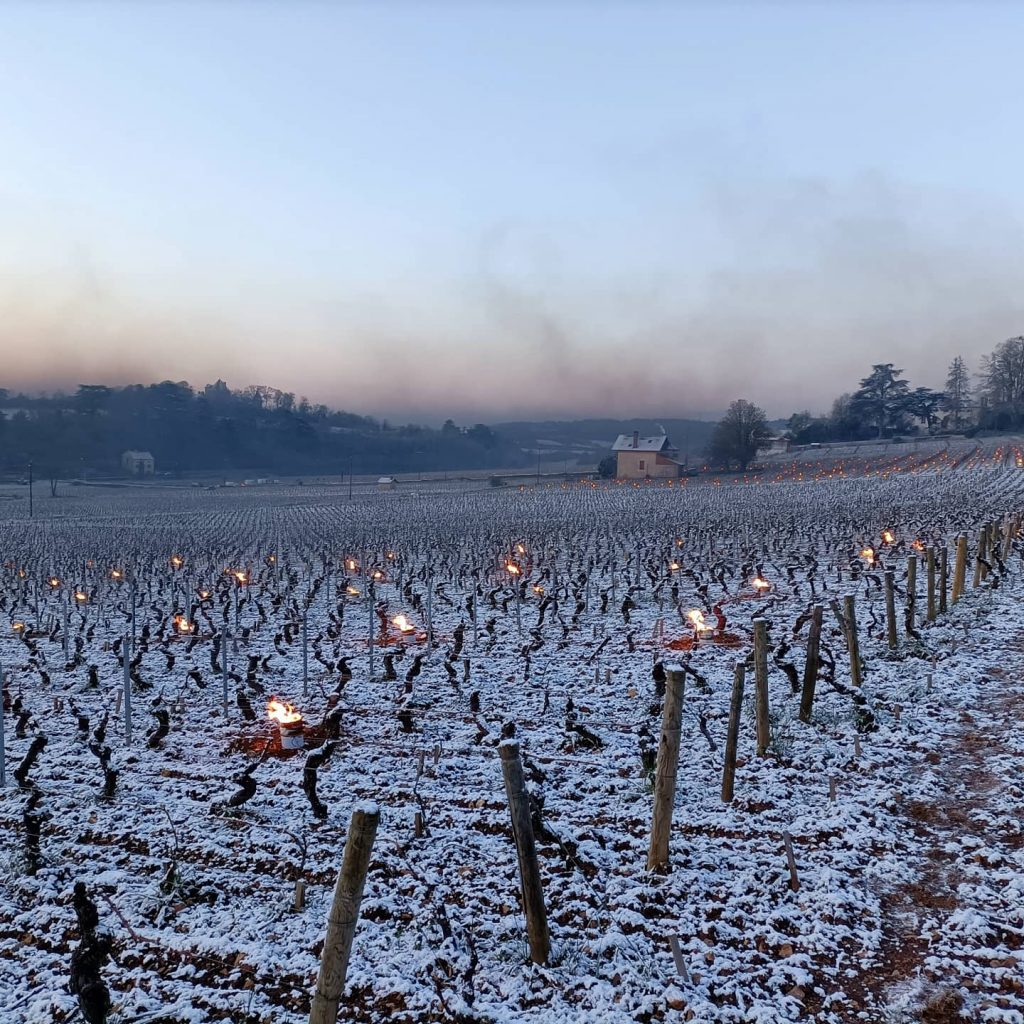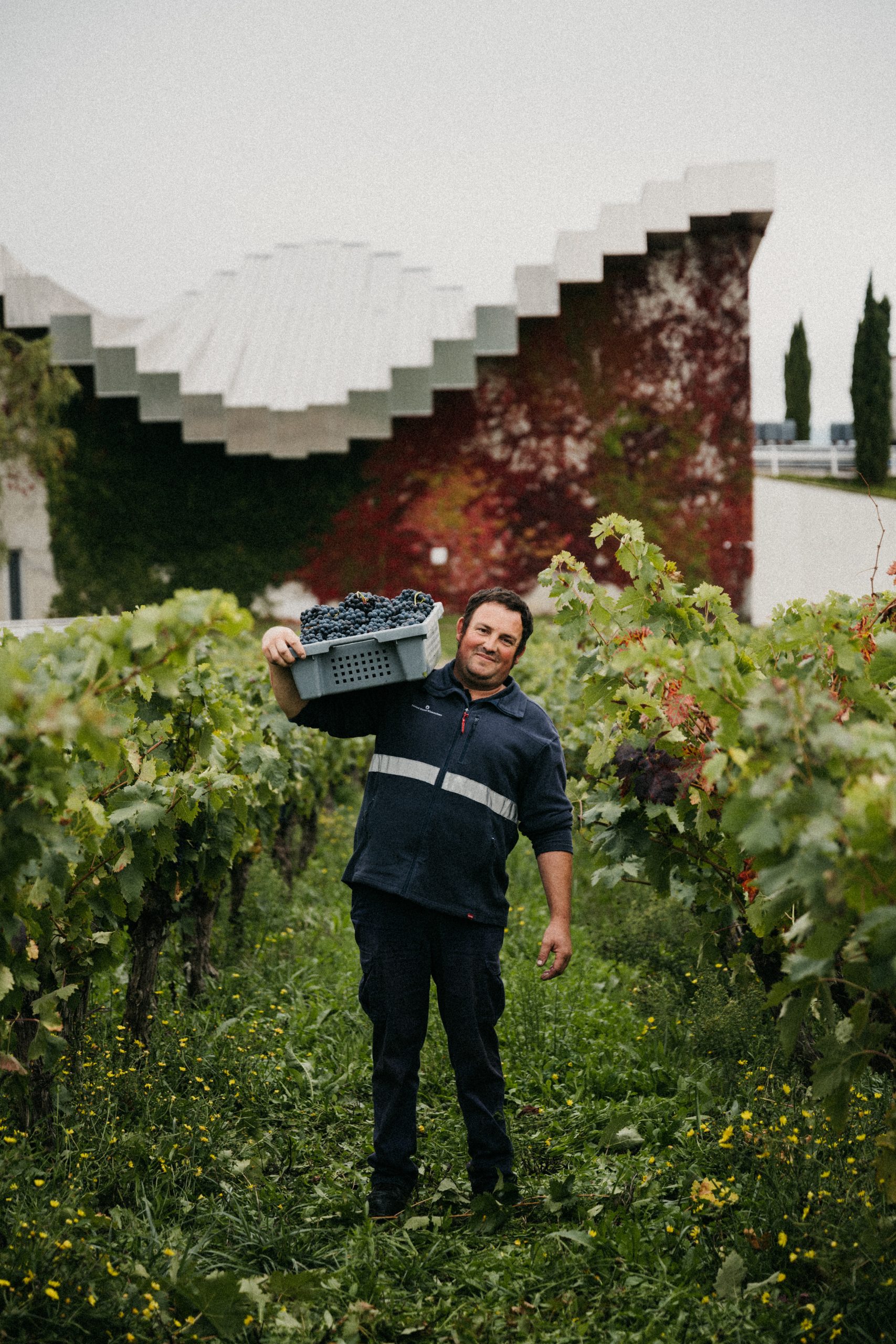Burgundy en-primeur: how effective comms, broad-minded customers and a plentiful 2022 helped the campaign
Effective comms, broad-minded customers and the plentiful 2022 harvest have helped fine wine merchants weather a tricky Burgundy en primeur campaign that had many worried.

This January’s Burgundy en primeur campaign was always set to be a bit of tough one for fine wine merchants, with volumes down by around 50% due to late frosts wiping out large swathes of the crop in April, leading to large price hikes, when demand for Burgundy has never been higher.
However, speaking to the drinks business this week, Lay & Wheeler’s Burgundy buyer Catherine Jaën MW (née Petrie) said that effective communication with customers about the “pitiful” yields had made the campaign run far smoother than it might otherwise have been as customers had ”adjusted their expectations”.
“You can’t get away from the fact that some allocations were down 30%, but others are down more like 70%, it is in line with the losses in the vineyards. Given that demand is at an all time high, it’s a difficult match to make between supply and demand but given the good communication to customers that there were going to be small volumes has means that people had made their peace with it,” she said.
Demand had not cooled off, she noted, but people were being more realistic in their expectations – for example at Lay & Wheeler, the number of customers who bought in the initial unallocated phase was down on last year, although expressions of interest for allocated wines has grown higher this year. As a result, overall demand was roughly the same this year as last, she noted, even though prices had gone up, as the quality was there.
“I was pleasantly surprised how pretty the wines were – and how they’d filled out,” she said.
Guy Seddon, head of fine wine buying at Corney & Barrow said there was very much an element of customers “not wanting to miss out”, and as a result were “even quicker than normal with getting orders”.
“We released the Domaine Leflaive in December and there was a phenomenal amount of demand for that,” he said. “That level of demand at the top end is something that we’re seeing across the board. Desire for top level Premier Cru, Grand Cru , even village Burgundy is unchanged, if not even greater than ever. It’s great to see from our perspective but it does put a squeeze on allocations.”
Different way of working
However, the challenges presented by the small volumes and high prices necessitated a slightly different way of working for some.
Jack Chapman, head of private client sales of Lea & Sandeman told db that there had been a lot of anxiety ahead of the campaign about pricing and qualitatively whether it would match up, and as a result, the team decided to operate a more “granular” campaign, looking at piecemeal by producer, rather than sending out “one big chunky allocation in January” to its customers. He noted however that despite the different approach, take-up for allocations remained at around 90%, as in previous years.
He also said that the team have not deliberately sought out new buyers due to the scarcity of the wines. “We thought it was cruel, as it’s a process of selling to previous buyers and not having any excess,” he said.
Although Corney & Barrow traditionally runs their campaign across a longer period, producer by producer, its Seddon noted that allocations had been “even harder” than in a normal year.
“We’ve basically been allocating everything, which wouldn’t be the case in a normal year,” he told db. “We have tried to do proper allocations for all of the producers, which is more time consuming from our perspective, but I think it’s the right way to do it and it means customers don’t feel that they’ve missed out because they haven’t got around to replying immediately to an email.”
Value to be found
Seddon also noted there had also been a move to look at previously “less fashionable villages”, such as Santenay or Marsannay, or up into the Haut Côte de Nuits, Haut Côte de Beaune, and into the Côte Chalonnaise, Beaujolais and the Mâconnais as well.
He noted that there was an increasing “broad-mindedness” of customers. “It goes hand-in hand with people becoming more comfortable with Burgundy as a region and more prepared to experiment I suppose in terms of where they are looking,” he said.
Partner Content
Some producers also decided to make a blend where they wouldn’t otherwise blend different parcels, he noted. “The most extreme example is Domaine Lafarge in Volnay, who normally make various different Premiere Cru Volnay’s and for the first time ever, they made one Premiere Cru Volnay, which is a blend of everything. It is sad, but it’s a realistic approach to these tiny, tiny volumes,” he said.
In order to cope with the reduced volumes, merchants have been expanding their ranges – for example Lay & Wheeler strengthened the number of producers from the Côte Chalonnaise, while Goedhuis added around eight “dynamic estates” including Domaine Elodie Roy in Maranges, new growers in the Côte Chalonnaise, and the Hautes-Côtes de Beaune, according to buying director David Roberts MW.
“The classic communes prices are very high, so we want to looks after wine lovers who like Pinot Noir,” Roberts told db last month.
With the Côte de Beaune Chardonnay being particularly badly hit by the late frost, people needed to search a bit harder and be prepared to look elsewhere, Seddon noted.
Jaën agreed, pointing out that Village Chablis provided good value and could be comparable to the Cote d’Or, although she noted that it had become harder to buy village Chablis outside the en primeur season.
“There used to be plentiful supplies of village Chablis with a couple of years bottle age on the market, but now it’s very scarce,” she explained. “Now, if you don’t buy village Chablis on release at en primeur, it’s basically gone – it’s been hit by frost in recent years, so volumes were restricted.”
Plentiful 2022
Looking forward, producers and buyers are looking forward to the 2022 harvest.
“We’re thrilled,” Chapman told db. “Last year we sat there in the face of 2021 and hoped the ’22 would be big. This will satisfy pent up demand.” However, he hoped prices remain status, even if one or two producers might push them up, due to making perceived better wine.
Seddon said that with a “big event” coming down the tracks, “what could have been some very awkward conversations with people” will be slightly easier because there is going to be much better situation this time next year. He also noted that several domains would have held that production back in 2020 knowing that there was a small 21 coming.
“So the combination of doing that in advance and now knowing that there’s going to be a much bigger 2022 has alleviated things, yes,” he said.
He said that the price rising due to scarcity rather than just a reflection of quality was one that was hard for some customers to get on board with.
“In an ideal world, you wouldn’t see prices go up to reflect scarcity,” he said. “But I think it is a reality and it’s one that we understand.
“A lot of these domains are subject to négociant pricing, so if they’re buying in certain elements of their production, they will be buying in at market prices. As those market prices have gone up either due to very low volumes, their raw materials in a sense, the cost of raw materials is going up and they do have to charge more for the finished product in order to make it all add up.”
There is also the fact of prices on the secondary market – prompting some producers to “reposition” themselves more in line with that demand. And as Chapman pointed out, the 2017 and 2019 are generally priced than the 2021, which will “justify prices rising again”.
“I haven’t seen any dimming in demand and it’s sad that they keep getting more expensive,” Chapman said. “Although you have other regions doing Pinot Noir and Chardonnay, but no-one can do Pinot or Chardonnay like Burgundy, nowhere else hits the same spot.”
Read more:
Is Burgundy beyond the reach of most buyers?
Related news
Castel Group leadership coup escalates
For the twelfth day of Christmas...
Zuccardi Valle de Uco: textured, unique and revolutionary wines




